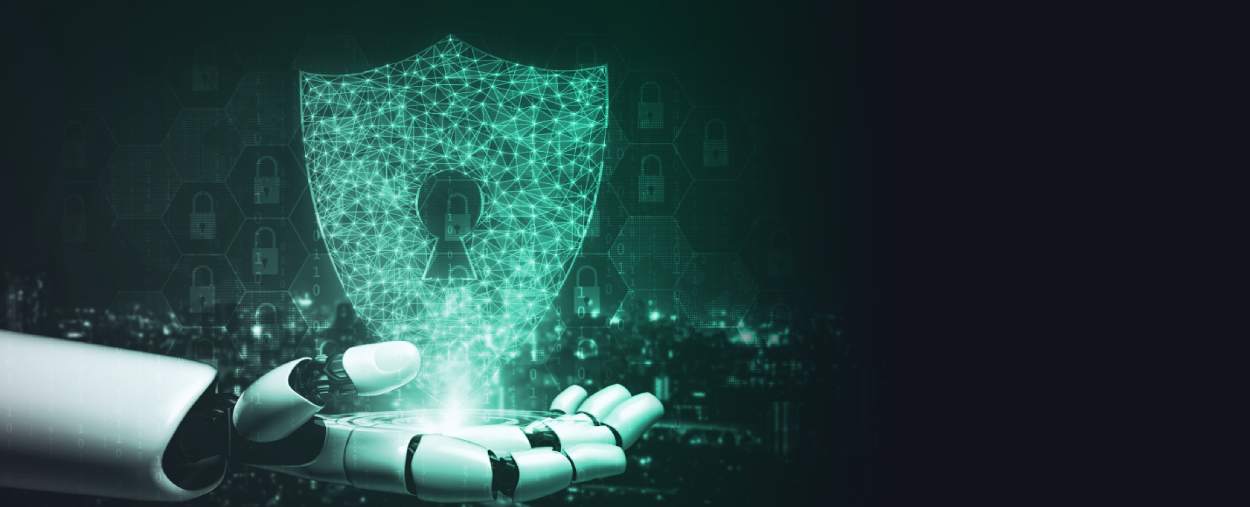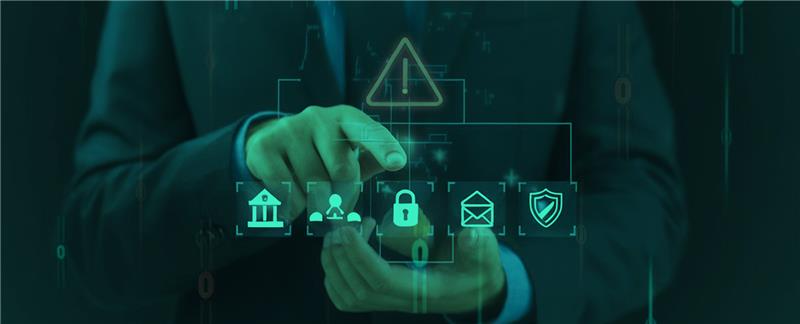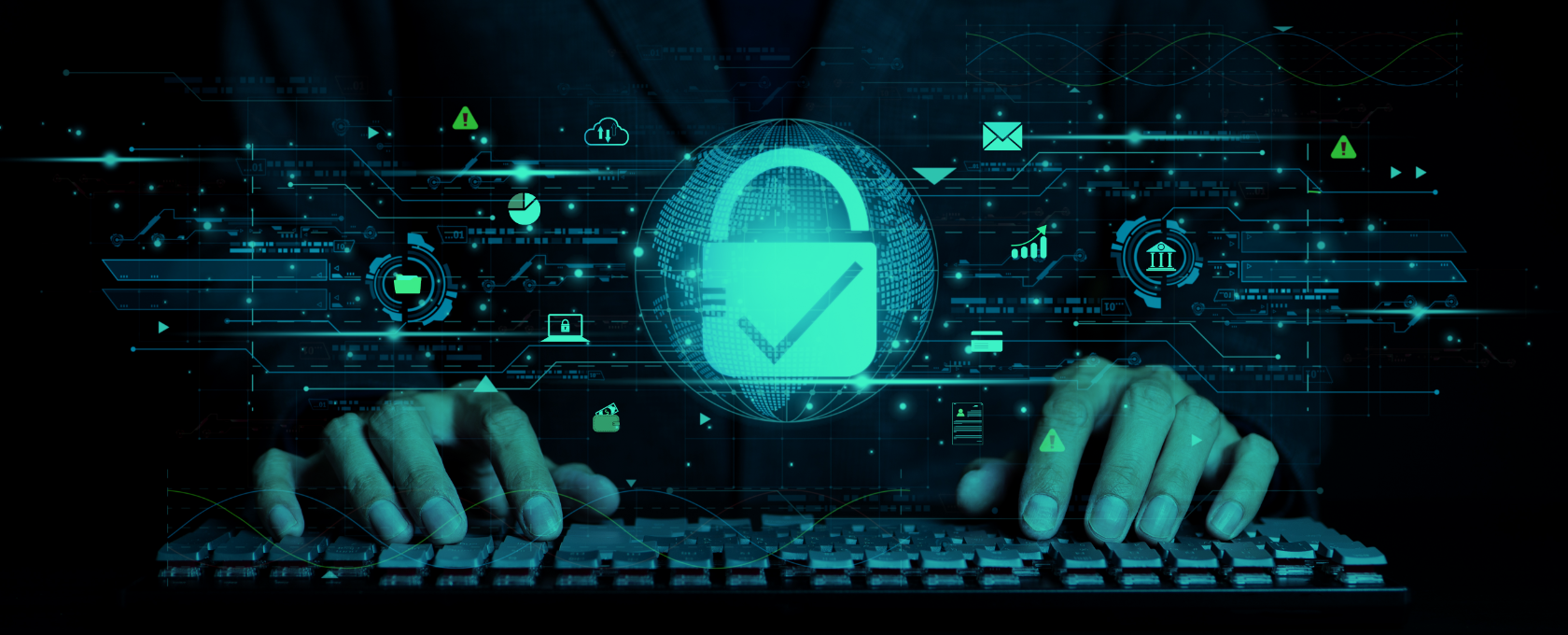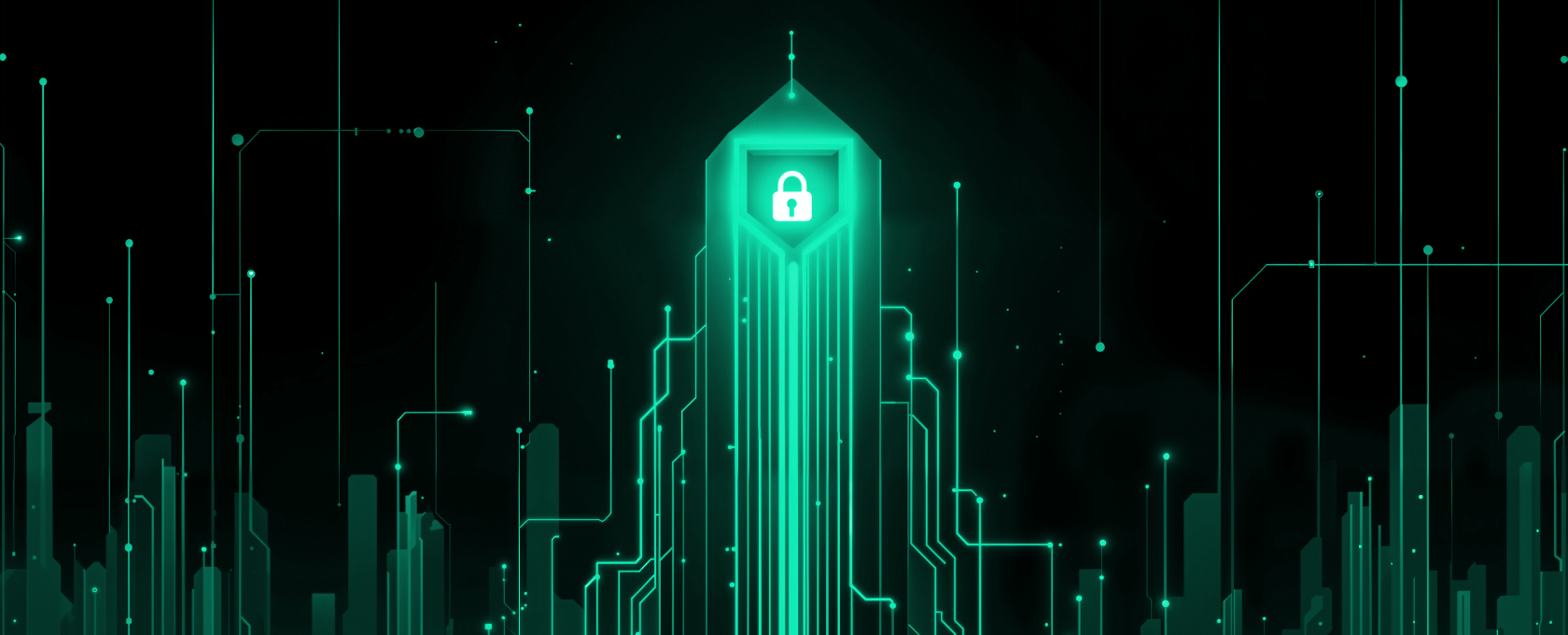
I’ve been in cybersecurity for decades, and I can honestly say generative AI is the biggest shift I’ve ever seen. This isn’t hype—it’s reshaping how we attack and defend systems. The same technology behind ChatGPT is now creating phishing emails so convincing that even seasoned security pros can be fooled.
Hackers are weaponizing AI faster than most organizations can keep up. But here’s the twist that AI is also our best chance to stay one step ahead. The real question isn’t whether AI is good or bad for security; it’s how we use it to protect ourselves. It's whether we're moving fast enough to harness its defensive power before adversaries perfect its offensive capabilities. Right now, I'm not convinced we are.
What is Generative AI and How Does It Work?
Generative AI creates new content like text, code, images, video by learning patterns from massive datasets. We're talking GPT models, DALL-E, GitHub Copilot, and their cousins. These aren't simple algorithms; they're neural networks with billions of parameters that genuinely create novel outputs.
From a security lens, you need to understand four types: text generators that write convincing emails and malicious code, image/video generators creating deepfakes, code generators writing functional exploits, and audio generators cloning voices. Each has legitimate uses and malicious applications.
The adoption is explosive. Over 65% of enterprises are deploying AI tools, often without proper security controls. The technology is democratized—a teenager and a nation-state actor have access to the same tools. That's our new reality, and the attack surface is expanding faster than our ability to secure it.
How Generative AI Creates New Security Threats
Cyber Threat Amplification
AI-generated phishing is social engineering on steroids. Forget generic spam—threat actors now craft personalized messages at scale that reference your LinkedIn activity and mimic your colleague's writing style. The success rates are terrifying.
Malware creation is automated now. AI generates polymorphic code that constantly rewrites itself to evade detection. Cybercriminal forums are selling AI tools that create ransomware variants on demand. The barrier to entry has collapsed.
Deepfakes are compromising trust at its foundation. We've seen attackers use AI voice clones to impersonate CEOs and authorize multimillion-dollar wire transfers. One company lost $25 million to a deepfake video call. When seeing and hearing aren't believing anymore, how do you verify identity?
Vulnerability Exploitation
AI now analyzes code repositories, identifies vulnerabilities, and generates working exploits—automatically. What took researchers weeks now takes hours. I've tested these tools. They're frighteningly effective at finding zero-days in common software.
The automation compresses our response window dramatically. Organizations that had days to patch now have hours. Maybe.
Data Privacy Concerns
Large language models can unintentionally memorize sensitive data like API keys, personal information, or proprietary code. When employees paste confidential info into AI tools, it can end up leaking in the model’s outputs. I’ve even seen trade secrets surface in ChatGPT responses because someone trained a model on the wrong dataset.
Then there’s shadow AI. Employees are using consumer AI tools without IT approval, creating unmonitored channels where data can slip out. Your intellectual property is moving into third-party systems, and most CISOs don’t even know it’s happening.
How AI Enhances Cybersecurity and Threat Detection
Threat Detection and Monitoring
AI-driven systems cut through noise effectively. They process massive event volumes and flag anomalies that slip past traditional signature-based tools. I've seen deployments catch APTs by spotting subtle deviations in network behavior that looked completely normal to legacy SIEM rules.
Predictive threat intelligence gives us actual lead time now. Models analyze global threat feeds and forecast attack patterns before they hit your perimeter. That's the difference between patching proactively and scrambling during an active breach.
Automated Incident Response
AI-augmented SOCs are reducing MTTR significantly. The system triages alerts, correlates data across your stack, and surfaces remediation options while analysts are still checking their queue. It's not replacing tier-one analysts, but it's more about handling the repetitive correlation work so humans focus on actual decision-making.
For vulnerability management, AI prioritization beats CVSS scoring every time. It factors in actual exploitability, asset criticality, and threat intel and not just theoretical severity. When you're facing thousands of CVEs monthly, intelligent triage is the difference between patching what matters and wasting cycles on low-risk findings.
Security Awareness and Training
AI-generated phishing works because it feels real. Instead of sending those obvious “test” emails, it crafts role-specific scenarios that mimic what an actual attacker might do. People who train against these realistic threats are better prepared when a real phishing email lands in their inbox.
The smart part? Adaptive training platforms focus on the people who need it most—those who keep falling for simulations—rather than making everyone slog through the same yearly compliance modules. The result: stronger security awareness, without wasting anyone’s time.
Challenges of Integrating Generative AI into Cybersecurity
- Adversarial AI is the nightmare scenario—attackers poisoning training data or crafting inputs that fool AI models into misclassifying threats. I've seen proof-of-concepts where tiny perturbations make malware invisible to AI detectors.
- Overreliance is dangerous. AI produces false positives and false negatives. I've watched security teams ignore genuine alerts because they trusted the AI too much. Human judgment still matters—AI augments, it doesn't replace.
- Regulatory compliance is a real headache. GDPR, the AI Act, industry-specific rules—the legal landscape is moving faster than the technology itself. A lot of AI security tools operate in gray areas where the rules haven’t even been written yet.
- And the ethical challenges are just as real. AI bias can lead to unfair security decisions, and transparency is often missing. Many AI models are black boxes—you can’t always explain why they made a particular decision. That’s a big problem when those decisions impact people’s privacy and access.
Case Studies: Generative AI in Action for Cybersecurity
AI-Driven Attacks
The 2023 Hong Kong deepfake heist saw attackers use AI-generated video to impersonate multiple executives on a conference call, stealing $25 million. Multiple employees verified identities through video which happed to be all fake.
WormGPT and FraudGPT emerged as jailbroken AI models explicitly designed for cybercrime. They generate phishing campaigns, write malware, and provide attack guidance without ethical constraints. They're sold on dark web forums for cryptocurrency.
Successful AI Défense Implementations
A major financial institution I consulted with deployed AI-driven behavioral analytics that detected a sophisticated insider threat. The AI flagged unusual data access patterns six weeks before traditional systems would have noticed. Saved them from a massive data breach.
Microsoft's Security Copilot demonstrates human-AI collaboration done right. It processes threat intelligence at scale, writes incident reports, and provides remediation steps—but keeps humans in decision loops. Early adopters report 40% faster incident response times.
The Future of AI in Cybersecurity: Trends and Predictions
- Autonomous security systems are on the horizon—AI that can detect, investigate, and even fix threats without human intervention. We’re not quite there yet, but the technology is moving fast. Within the next five years, a lot of routine security operations could be fully automated.
- The real advantage comes from human-AI collaboration. AI brings speed and scale; humans bring context, creativity, and ethical judgment. The most effective security teams won’t choose one over the other—they’ll master the partnership.
- AI governance frameworks are emerging. NIST, ISO, and industry bodies are developing standards for responsible AI deployment in security contexts. Organizations that ignore governance will face regulatory penalties and catastrophic failures.
- Quantum computing looms on the horizon, threatening to break current encryption while simultaneously enabling new AI capabilities. The security implications are enormous, and we need to prepare now.
Balancing Risks and Benefits of Generative AI in Security
Generative AI is a double-edged sword; it’s both the threat and the solution and that paradox is shaping modern cybersecurity. The organizations that will thrive aren’t just the ones using AI defensively—they’re also the ones staying vigilant against how it can be used offensively.
My advice? Start small, but start now. Train your teams on AI-driven threats and defences. Put governance in place before scaling. Monitor everything closely—trust, but always verify.
Above all, keep perspective. AI is a tool, not magic. It amplifies human skill and judgment but doesn’t replace it. The future of security isn’t humans versus AI—it’s humans and AI working together to tackle threats that neither could handle alone.
The clock is ticking. Adversaries are already using AI. The real question is: will you be ready when they come knocking?





